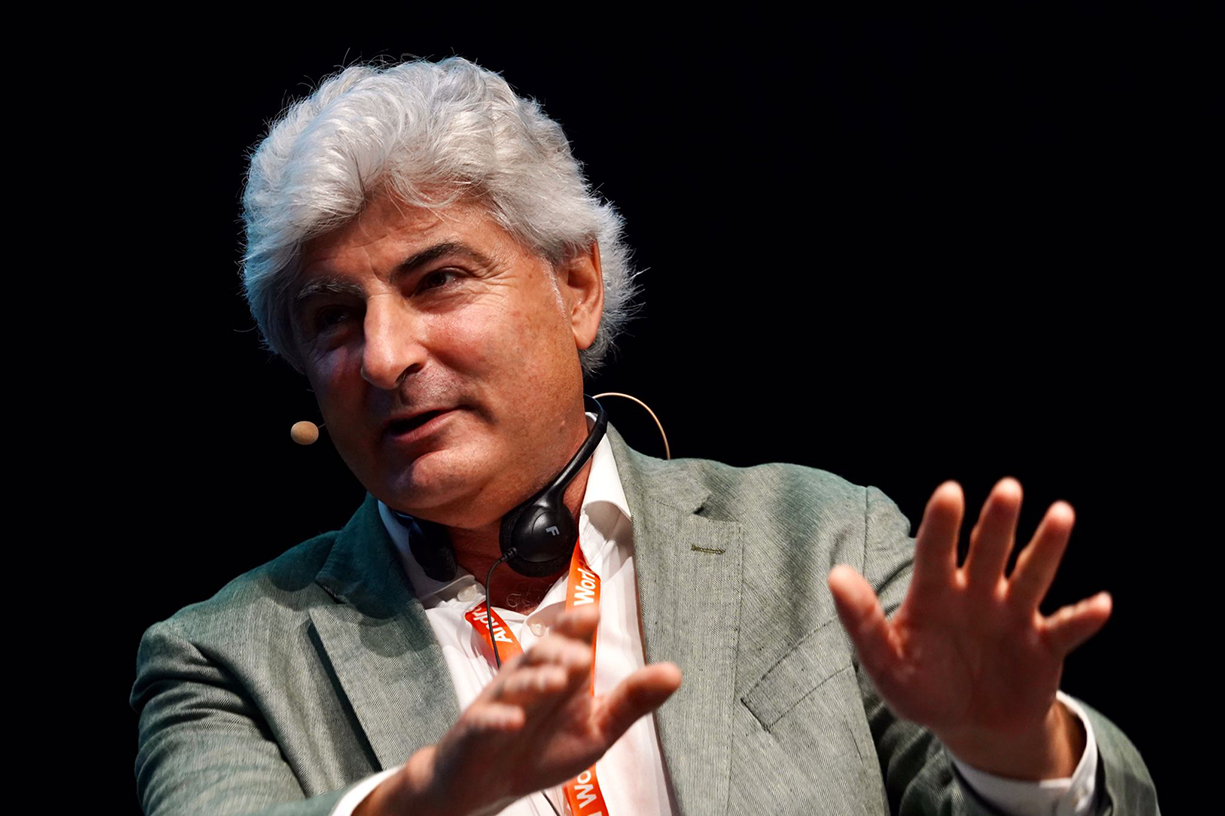Where is the future of sports architecture heading?
Analyzing the new generations of stadiums at the Andreu World Architecture Days
On 15 September, the Andreu World Architecture Days congress took place at the Caixafòrum in Valencia, bringing together national and international architecture firms to explore the future of architecture and the challenges that lie ahead.
The congress was organized in six thematic blocks: Office, Health, Culture, Hospitality, Sport, and New City Models.
Our colleague César Azcárate, an esteemed professional in sports architecture at IDOM, took part in the panel titled “The New Generation of Sports Spaces: Versatility, Sport, Leisure and Meeting.” César shared his valuable insights during the roundtable moderated by Anatxu Zabalbeascoa, alongside architects Amparo Roig and Driss Kettani.
The discussion surrounding new sports spaces reflects the expectations of an urban society which seeks to fulfill leisure, health, and wellbeing needs. Furthermore, the evolution of multitudinous event spaces, in particular soccer stadiums and arenas, has resulted in them becoming significant architectural structures and modern-day cathedrals in the conception of cities. The analysis focused on the relationship between stadiums and the city, specifically their ability to foster a sense of belonging and unity among fans and attendees of major events, as well as the emotional impact they elicit.
The conclusions of the debate can be summarized as follows:
The new generation of stadiums:
- are no longer considered “white elephants” in the cities.
- serve as versatile venues, adaptable for hosting a variety of mass events.
- act as structural elements that articulate the surrounding space, generating the city’s atmosphere.
- successfully transmit a sense of unity and emotion among its users.







